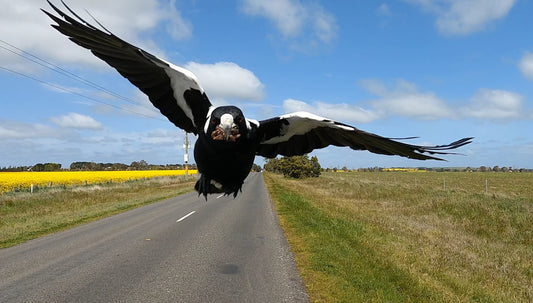Electric Bike Basics: A Beginners Guide To Ebikes
Electric bikes are the fastest growing category in the cycling industry. This has been the case around the world for years, but Australian riders are now really getting on board with this technology. With the availability of smaller, more powerful electric motors and battery units - the momentum is gathering and we’re seeing eBikes everywhere!
Electric bikes are fun, easy to use and make the simple joys of riding a bike available to more riders. They are a new concept to many people though, so here we present a beginners guide to everything you need to know before buying your first electric bike.
What Is An Ebike?
An ebike or electric bike is a bicycle that incorporates an electric motor to assist propelling the bike, and a battery to power this motor. The most popular style of electric bike and the one we will deal with here is the pedelec (these offer pedal assistance rather than being powered by a throttle).
Motors can either be fitted to the front or rear hub of a wheel (hub drive) or to the crank area (mid-mount motor).
Batteries can either be externally mounted to the frame (under the pannier rack or on the downtube) or internally built into the frame itself.
More on the costs/benefits of these configurations can be found in our eBike Buying Guide here.https://www.reidcycles.com.au/pages/ebike-buying-guide
Electric bikes usually also feature a display/control unit to give the rider basic information like speed, distance travelled, battery power remaining and also the ability to control the level of pedal assistance provided by the motor.
Because of these features, an electric bike is 6-8kg heavier than a standard bike which means some other parts like brakes, rims and the frame itself need to be upgraded. Ebikes also produce more torque through the drivetrain which means this area is also often more durable than on a standard bike.
How fast do they go?
In Australia, electric pedelec bikes are capped at a 250w power output with a maximum rider assistance up to 25km per hour. Any ebike that propels a rider faster than this is not legally able to be used on public property (including all roads and trails).
It’s not all about top speed though. The better motor units from Ananda and Shimano will deliver the assistance more smoothly, and some motors are designed to provide more torque (to handle off-road climbs or to accelerate under more load).
What styles are available?
You can now find an electric pedelec option in nearly all categories of bikes. The main ones to consider are:
Electric Urban Bikes - Perfect for commuting, touring or just everyday use; Urban ebikes are probably the most popular style. These versatile electric bikes feature strong parts and are optimised for comfort on city streets while carrying loads. The practical choice.
Electric Mountain Bikes - These ebikes are more specialised for off-road use. Similar in design to traditional mountain bikes, eMTBs feature upgrades in suspension and braking power to handle the extra speed and weight of the bike. The better electric mountain bikes also feature motors with more torque to handle technical ascents and pinch climbs.
Electric Cargo Bikes - 2 wriggling kids and all the shopping? No problem. Electric cargo bikes are made to replace the car for these local journeys and designed to easily and safely carry loads. Cargo ebikes feature longer frames and smaller wheels to give you a lower centre of gravity. They are also designed to attach a wide range of accessories from porteur racks at the front, to a padded bench or baby seats at the rear.
Ready to learn more about the relative benefits of the different motor and battery systems? Click here to read our eBike Buyers Guide https://www.reidcycles.com.au/pages/ebike-buying-guide



